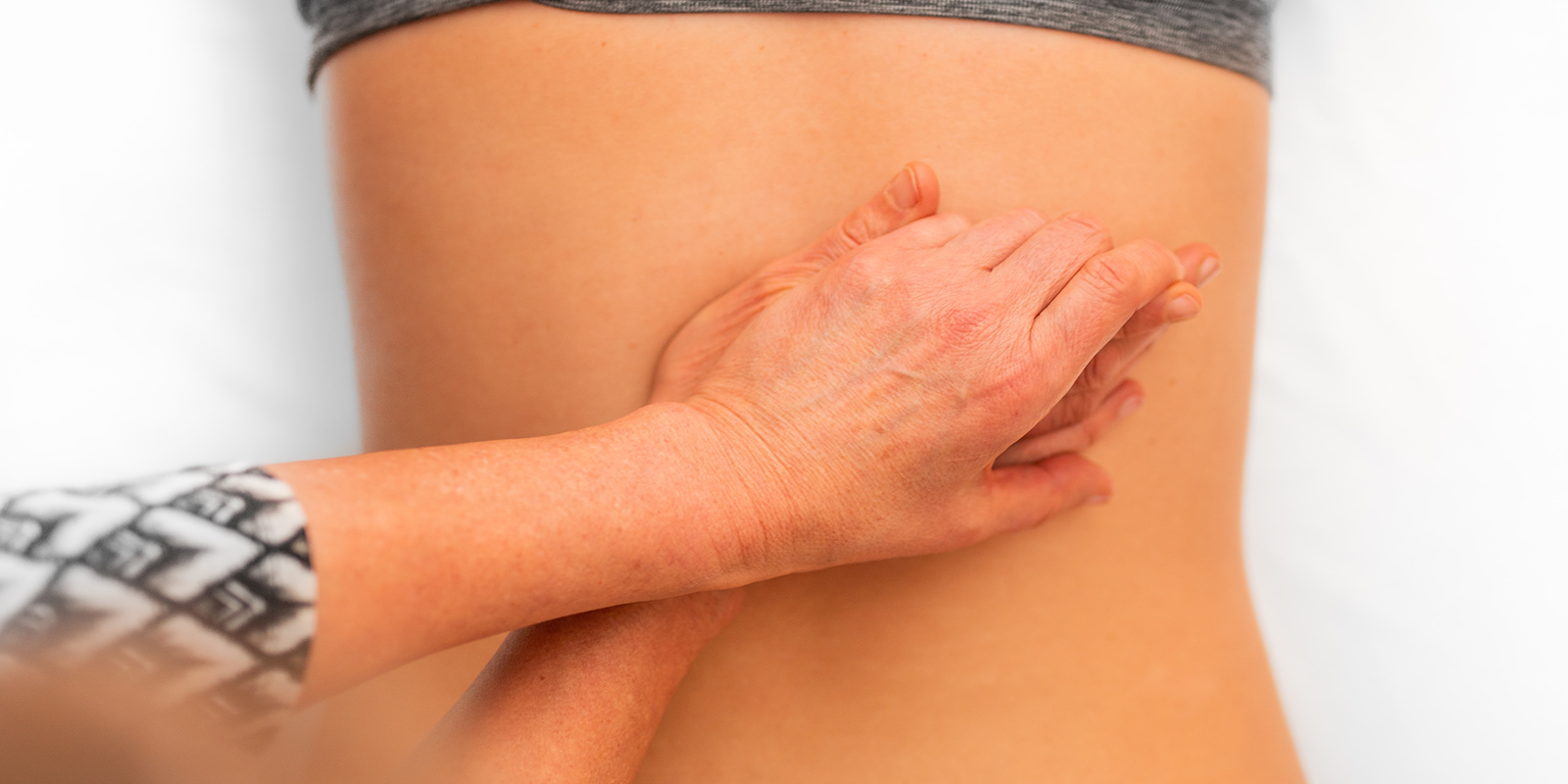Lower back pain – IntegratePHYSIO can help
POSTED: 19 May, 2021
Most of us will suffer with temporary low back pain at some point in our life. When back pain is not temporary, however, it becomes a major quality of life issue.
“The odds of getting low back pain are high—80% of the population will experience it at some point in their lives”.
In fact, one in every six Australian has sustained some sort of back pain in the past twelve months. The good news is that you don’t have to live with back pain permanently.
Taking a proactive approach like working with one of our experienced physio’s and early intervention is key. Our team of experienced Titled Musculoskeletal Physiotherapists and Exercise Physiologists uses the latest evidence-based practice model to assist our client’s recover faster and live a pain free lifestyle.
What’s causing my back pain?
Did you know that the World Health Organisation estimates that approximately 149 million workdays are lost due to back pain? It is a sensation that is all too common for millions of people.
60-70% of people across industrialized nations experience back pain, which can greatly hinder daily life and limit you from participating in certain tasks and activities that you enjoy. If left untreated, back pain can also progress into more serious health issues.
There are three main types of back pain:
- Acute Back Pain: Acute back pain is the most common type. This is a temporary pain that goes away in less than three months.
- Recurrent Back Pain: This occurs when acute back pain goes away for a while, but then comes back periodically.
- Chronic Back Pain: If back pain lasts longer than three months without subsiding, it is classified as chronic.
Back pain is usually not serious and will resolve on its own. Recurring pain and chronic pain, however, can be a sign of a more serious health problem.
There is a broad range of potential physical conditions that could be causing your back pain, which include osteoporosis, degenerative disk disease, a herniated disk, fractures, or lumbar spinal stenosis.
Diagnosing the cause of your back pain
Your journey with us starts with one of our experienced therapists listening to your concerns followed by discussion of your symptoms, review of your medical history for any past injuries or illnesses that could be contributing to your current status followed by a detailed and comprehensive assessment.
“At IntegratePHYSIO we pride ourselves in helping our clients understand the exact cause of their low back pain”.
Once a clear diagnosis has been made, our team will provide you with a clear action plan to help guide your recovery.
What can I expect from physical therapy treatments for back pain?
At IntegratePHYSIO our team uses the latest evidence-based treatment techniques and modalities to help our clients. Treatments for back pain will vary based on the diagnosis, your age, weight, physical ability and other factors.
Your course of treatment may include any of the following:
- Education on how to take better care of your back, such as proper methods of lifting, bending, sitting, and sleep positions
- Ice or heat treatments for pain relief
- Stretching and strength building exercises
- Manual therapy and spinal manipulation to improve joint mobility and relieve tissue pain
- LASER for pain relief
- Posture work to provide better support for your back
- PHYSITRACK application for detailed home-based video exercise programs to be done at home.
Say yes to physical therapy today
Over the course of your work with our team, your progress will be monitored to ensure that you are recovering. “Our key goal” is not just to eliminate your back pain but also to empower you with information on how to keep the problem away. A big part of working with our team is that you will learn strategies for movement and carrying out daily tasks in ways that will prevent the pain from recurring.
Self-Care Tips
Taking time for self-care can be a huge asset when dealing with your low back pain. Here are strategies that can help both physically and emotionally:
- Avoid Prolonged Postures: Sitting or standing for more than 30 minutes is not recommended when in pain.
- Eat nutritious and well-rounded meals
- Avoid drinking alcohol and smoking as it can delay the healing process.
- Keep an heat pack handy at all times.
Contact our team on 3419 4796 if you do not feel better within a few days.
Frequently Asked Questions
Applying topical cold compresses, such as an ice pack, is recommended immediately after first experiencing a lower back injury or onset of pain. Heat therapy, such a heating pad, hot water bottle, or even an Epsom salt bath, can also be used to relax and soothe the surrounding muscles.
To ease spinal pressure, place a pillow between your knees if you’re a side sleeper or under your knees if you’re a back sleeper. Check your sleeping “posture”: Adjust the angle of your pillows or the positioning of your body to maintain the natural curve of your spine.
Reasons include being immobile in bed overnight, bad sleeping posture, or sleeping on too soft a mattress. Gentle stretching in bed before getting up may help, use slow and intentional movements as you rise, and take a warm/hot shower after waking to soothe tight muscles. Avoid heavy lifting or repeated bending first thing in the morning.
Recent News
-
Knee and ACL Injuries
Knee and ACL Injuries Knee injuries, including anterior cruciate ligament (ACL) tears, are prevalent in the athletic community, necessitating a proac...
-
Pelvic Girdle Pain in Pregnancy
🌸 Embrace Every Step of Your Pregnancy Journey with Comfort and Confidence! 🌸 Pregnancy is a miraculous chapter in a woman's life, marked by th...
-
Management strategies for Acute Low back pain
Acute Low back pain Back pain is a widespread and often frustrating experience that can impact people across various lifestyles. Understanding the tr...
